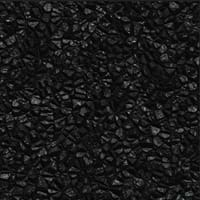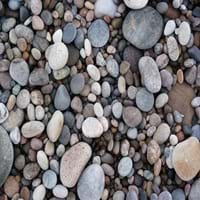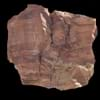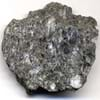Coal is a combustible black or brownish-black sedimentary rock usually occurring in rock strata in layers called coal beds 0
From the Old English term col, which has meant mineral of fossilized carbon since the 13th century 0
Durable Rock, Soft Rock 0
Coarse Grained Rock, Fine Grained Rock, Medium Grained Rock, Opaque Rock 0
Black, Brown, Dark Brown, Grey, Light to Dark Grey 0
Cement Manufacture, for Road Aggregate, Making natural cement, Steel Production 0
Alumina Refineries, Electricity Generation, Liquid Fuel, Manufacture of Soap, Solvents, Dyes, Plastics and Fibres, Paper Industry 0
Peat, Lignite, Sub-Bituminous Coal, Bituminous Coal, Anthracite, Graphite 0
Helps in production of Heat and Electricity, Used as fossil fuel 0
Archaeological Significance
0
Coal forms from the accumulation of plant debris in a swamp environment which is buried by sediments such as mud or sand and then compacted to form coal. 0
Analcime, Apatite, Barite, Calcite, Chalcopyrite, Chlorite, Chromite, Clausthalite, Clay Minerals, Crandallite Group, Dolomite, Feldspar, Galena, Gypsum, Marcasite, Muscovite or Illite, Pyrite, Quartz, Siderite, Sphalerite, Zircon 0
Carbon, Hydrogen, Nitrogen, Oxygen, Sulphur 0
Burial Metamorphism, Cataclastic Metamorphism, Regional Metamorphism 0
Medium to Fine Coarse Grained 0
Dull to Vitreous to Submetallic 0
Deposits in Eastern Continents
0
Bangladesh, Burma, Cambodia, China, India, Indonesia, Kazakhstan, Malaysia, Mongolia, Pakistan, Turkey, Vietnam 0
Botswana, Kenya, Morocco, Mozambique, South Africa, Tanzania 0
Belgium, Bulgaria, England, France, Germany, Greece, Hungary, Kosovo, Netherlands, Norway, Poland, Romania, Serbia, Slovakia, Slovenia, The Czech Republic, Ukraine, United Kingdom 0
Deposits in Western Continents
0
Brazil, Chile, Colombia, Venezuela 0
Deposits in Oceania Continent
0
New South Wales, Queensland, Victoria 0
Learn more about Properties of Coal
What is Coal? In this section, we will learn more about properties of Coal i.e. physical and thermal properties. Physical properties of Coal include Color, Streak, Hardness, Structure, Cleavage, Fracture, Luster, Specific Gravity etc. The strength of Coal is Not Available. Streak of Coal is black while its cleavage is non-existent. Luster of Coal is dull to vitreous to submetallic and its fracture is conchoidal. Coal is opaque in nature. Know all about Coal, What is Coal, its composition, features, facts and reserves in next sections.
Know about Composition of Coal
What is Coal composed of? Get to know about composition of Coal here. Coal definition gives information about the Formation of Coal and its composition.The composition of Coal can be further divided into mineral and compound content. The mineral content of Coal rock includes Analcime, Apatite, Barite, Calcite, Chalcopyrite, Chlorite, Chromite, Clausthalite, Clay Minerals, Crandallite Group, Dolomite, Feldspar, Galena, Gypsum, Marcasite, Muscovite or Illite, Pyrite, Quartz, Siderite, Sphalerite, Zircon and The compound content of Coal rock includes Carbon, Hydrogen, Nitrogen, Oxygen, Sulphur. Almost all rocks undergo transformation process. Know all about Coal rock in next section.









